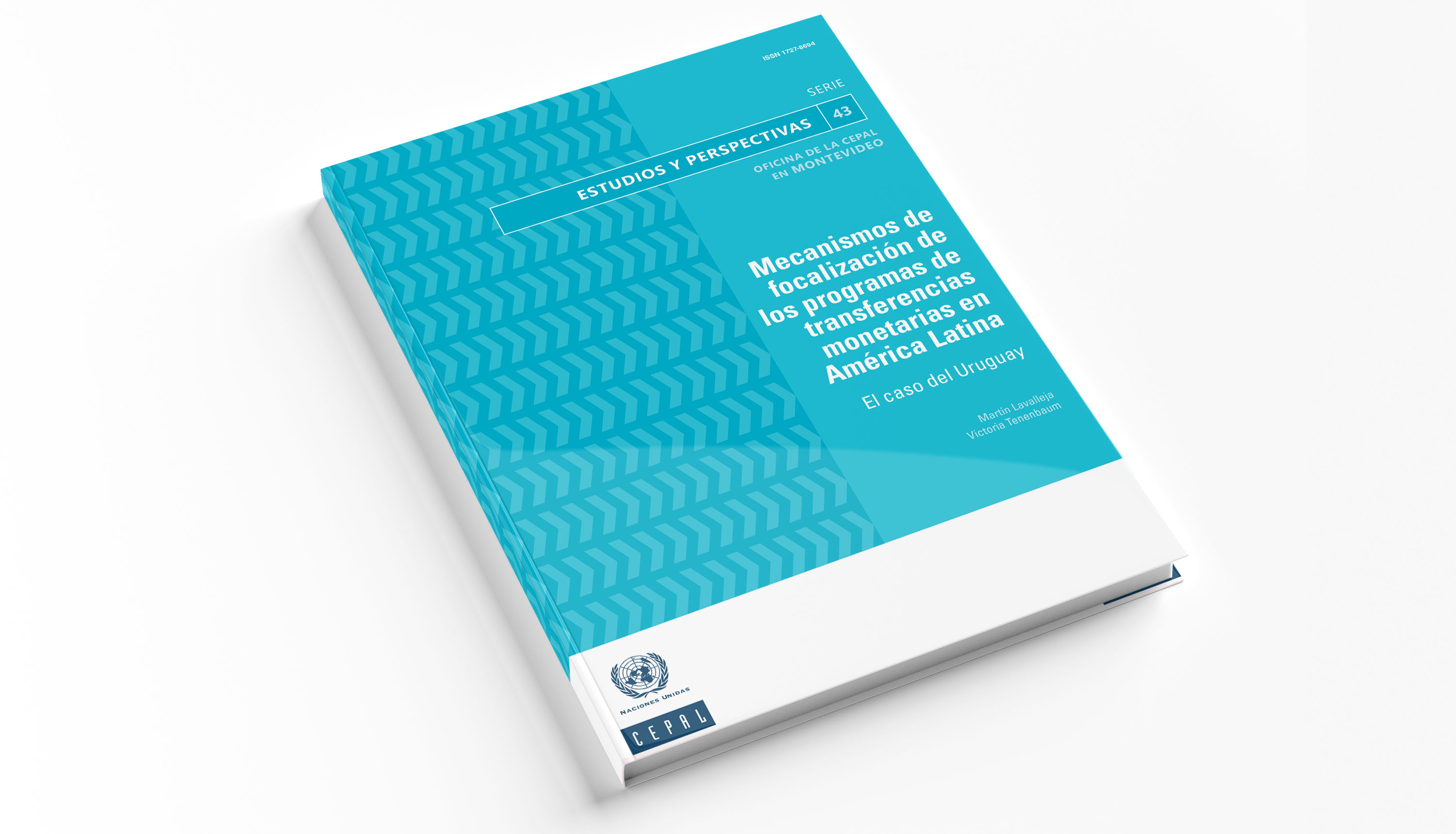Announcement
ECLAC’s office in Montevideo, in the framework of a cooperation agreement with the Ministry of Social Development of Uruguay, analyzed the targeting mechanisms used by Conditional Cash Transfer (CCT) programs in the region and in Uruguay specifically, with the aim of helping to improve the tool utilized in that country’s programs.
The study (only in Spanish) systematizes the CCT programs in Latin America and the Caribbean, focusing on information regarding their target population, the mechanism for selecting beneficiaries, the criteria used to update their socioeconomic information, and the main results of their evaluations.
For this research, 29 CCT programs in 20 countries of Latin America and the Caribbean were studied. This analysis yielded, for example, that 71% of them use a proxy means test as a targeting mechanism. Categorical targeting mechanisms are used by 38% of these CCT programs, and in third place, geographical targeting is used in 36% of them. In any case, it is worth mentioning that the majority of countries use complementary mechanisms.
ECLAC’s document primarily analyzes the characteristics of programs of this kind in Uruguay, paying special attention to the mechanisms for selecting beneficiaries. The research detected, for example, that there is high coverage of these programs in the first quintile of per capita income, in which 79% of minors under 18 years of age receive benefits from the Family Allowances – Equity Plan (AFAM PE) program, while half of these minors benefit from the Uruguay Social Card (TUS).
The analysis of the AFAM PE program’s targeting shows that in 2017, the proportion of beneficiaries who do not belong to the target population amounted to 10% (inclusion error). Meanwhile, the proportion of minors belonging to the target population who say they do not receive the transfer is 39% (exclusion error), a low rate of error compared with other transfer programs in the region, the study indicates.
In addition, the efficiency of the targeting mechanism used for selecting beneficiaries of the AFAM PE program was studied. In this case, it was found that in 2017, 23.8% of the target population was not selected (exclusion error) using the Critical Deficiency Index (ICC). According to the researchers, this may be due to the fact that the threshold that determines entry into the program had not varied, while people’s socioeconomic situation did change. For that reason, the document recommends periodic reviews of the model and the thresholds for accessing the program.
Finally, the study carries out a simulation exercise including alternative targeting instruments. First, modifications are made to the specifications of the probit model, to be able to increase efficiency by improving the exclusion error and achieving lower increases in the inclusion error. Second, it stipulated that the combination of this method and a multidimensional poverty indicator could contribute to reducing the exclusion error, although it would likely increase the inclusion error.

